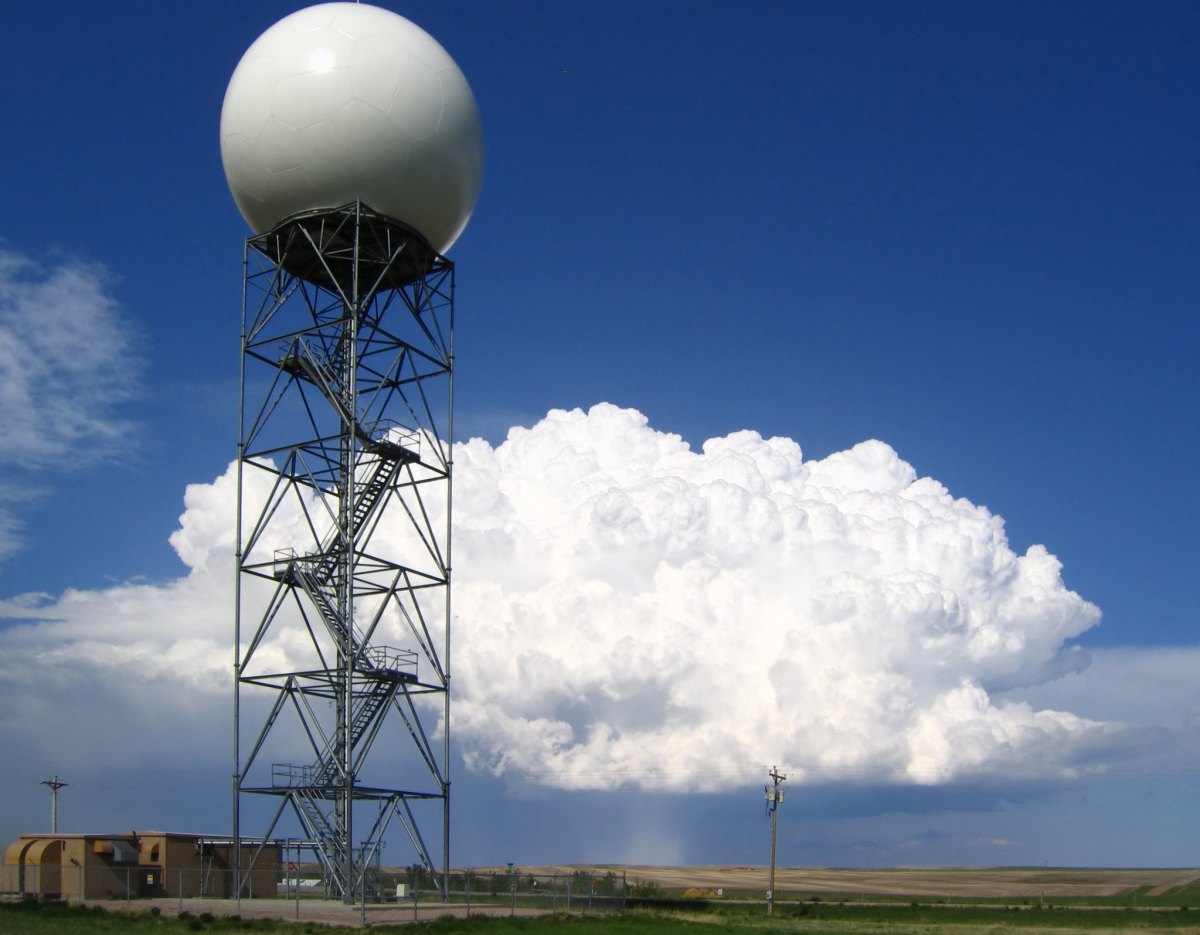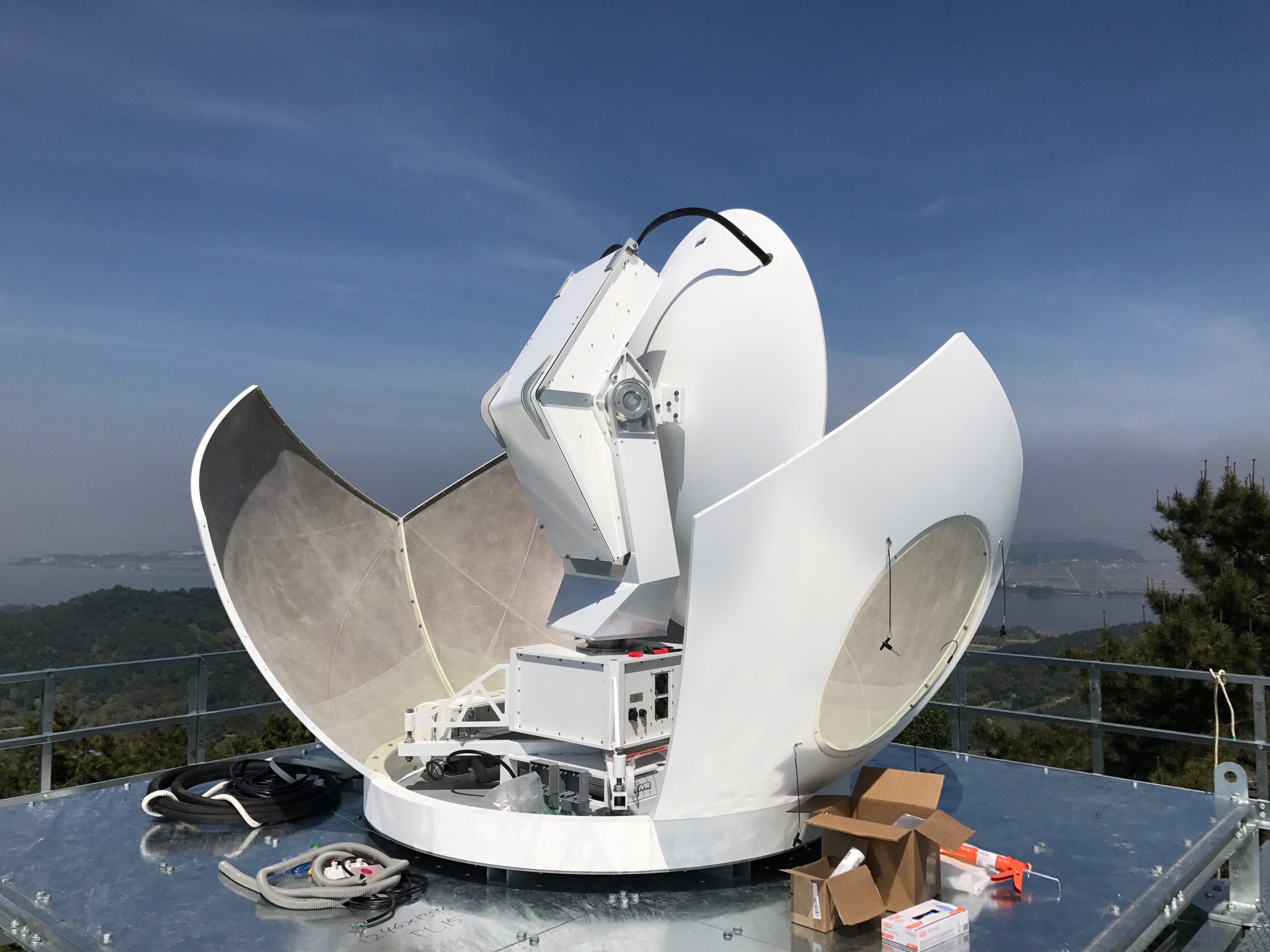Overview of Weather Radar

Weather radar, a technology that revolutionized weather forecasting and safety, utilizes electromagnetic waves to detect and measure precipitation, such as rain, snow, and hail. By analyzing the reflected waves, radar systems provide detailed information about the intensity, location, and movement of precipitation over vast areas.
The primary components of a weather radar system include a transmitter, receiver, antenna, and display unit. The transmitter emits pulses of electromagnetic energy, which are then reflected by precipitation particles back to the receiver. The receiver processes the reflected signals and calculates the distance to the precipitation, its intensity, and its velocity.
Types of Weather Radar
Various types of weather radar exist, each designed for specific applications:
- Surveillance Radar: Monitors large areas to provide general weather patterns and track storms.
- Doppler Radar: Measures the velocity of precipitation, allowing for the detection of wind patterns and tornadoes.
- Airborne Radar: Mounted on aircraft to provide real-time weather data during flights.
- Maritime Radar: Used on ships to detect precipitation and other hazards at sea.
Data Interpretation and Analysis

Weather radar collects an array of data, providing valuable insights into atmospheric conditions. These data include reflectivity, velocity, and spectrum width, which reveal information about precipitation intensity, wind patterns, and turbulence.
Reflectivity
Reflectivity measures the intensity of precipitation by detecting the strength of radar echoes reflected by raindrops or other hydrometeors. Higher reflectivity values indicate heavier precipitation.
Velocity
Velocity data measures the speed and direction of precipitation particles. This information helps identify wind patterns, detect storm rotation, and estimate wind shear.
Spectrum Width
Spectrum width measures the variability in velocity within a radar beam. Wider spectrum widths indicate greater turbulence or a mixture of precipitation types, such as rain and hail.
By interpreting and analyzing these data, meteorologists can forecast and track weather patterns, identifying areas of heavy rainfall, severe thunderstorms, and potential tornadoes.
As the weather radar sweeps across the horizon, its electromagnetic gaze pierces through the clouds, revealing the intricate dance of atmospheric forces. From the comfort of our homes, we can access real-time weather updates through reputable sources like wcpo weather , where meteorologists provide expert analysis and accurate forecasts.
With the aid of these technological marvels, we can stay informed about the symphony of nature’s elements, from gentle breezes to thunderous storms, ensuring we navigate the weather with ease.
Weather radar, an invaluable tool for tracking storms, has detected the formation of Hurricane Beryl. Stay up-to-date with the latest on hurricane beryl live as it approaches landfall. With real-time data and expert analysis, weather radar empowers us to anticipate and prepare for the impact of this powerful weather event.